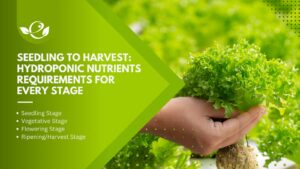Table of Contents
Hydroponics, a soilless cultivation method, has gained popularity due to its numerous benefits. By providing plants with essential nutrients directly in water, hydroponic systems promote faster growth, higher yields, and efficient resource utilization. Two critical components in any hydroponic setup are pumps and timers. In this blog, we will explore their roles, types, synchronization, advanced techniques, and energy efficiency. Let’s dive in!
Understanding Hydroponic Pumps
Purpose and Role of Pumps in Hydroponics
Hydroponic pumps play a vital role in nutrient delivery. They circulate the nutrient solution through the system, ensuring all plants receive a balanced supply of nutrients and oxygen. This continuous flow is essential for healthy root development and preventing stagnation.
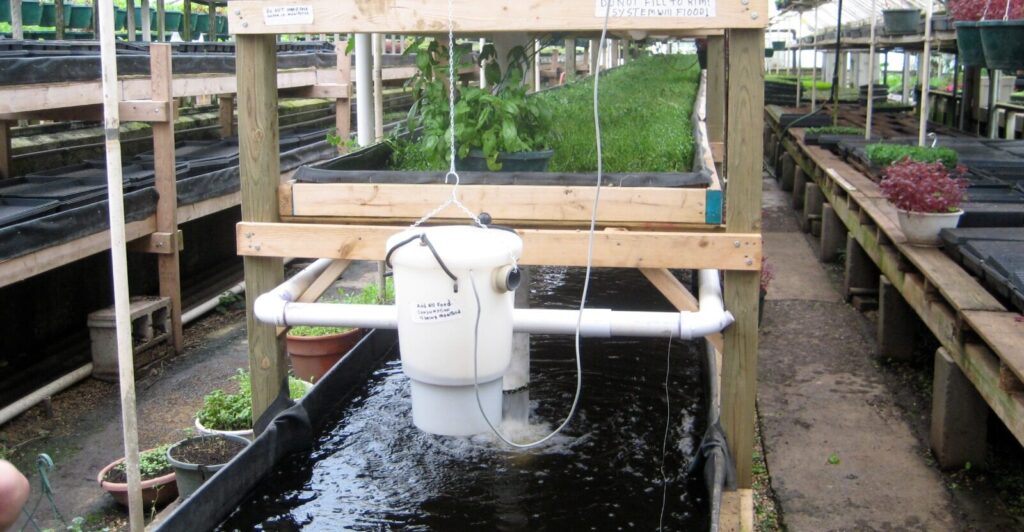
Types of Pumps Used in Hydroponic Systems
- Submersible Pumps: These pumps are placed directly into the nutrient reservoir. They are easy to install and operate, making them popular among beginners.
- External Pumps: Positioned outside the reservoir, external pumps offer higher flow rates and durability. They are ideal for larger systems and long-term use.
Factors to Consider When Choosing a Pump
- Flow Rate Requirements: The size of your hydroponic system and the number of plants will determine the flow rate needed to maintain proper nutrient circulation.
- Head Height and Pressure: Consider the vertical distance between the pump and the farthest point in the system. This will impact the required pump pressure.
- Energy Efficiency: Opt for energy-efficient pumps to reduce operational costs and minimize environmental impact.
Maintenance Tips for Hydroponic Pumps
Regular maintenance ensures the longevity and optimal performance of your pump. Clean the pump and check for debris or clogs regularly. Replace worn-out parts promptly to avoid disruptions in nutrient delivery.
Exploring Hydroponic Timers
Significance of Timers in Hydroponics
Timers automate essential tasks in hydroponics, allowing growers to maintain consistent nutrient delivery, lighting schedules, and irrigation cycles. Timers are indispensable in providing plants with the right conditions at the right time.
Types of Timers Used in Hydroponic Setups
- Analog Timers: These traditional timers are simple to use and cost-effective. They operate with manual settings and are suitable for basic systems.
- Digital Timers: Offering more precision and versatility, digital timers allow for complex programming and multiple schedules, accommodating various plant requirements.
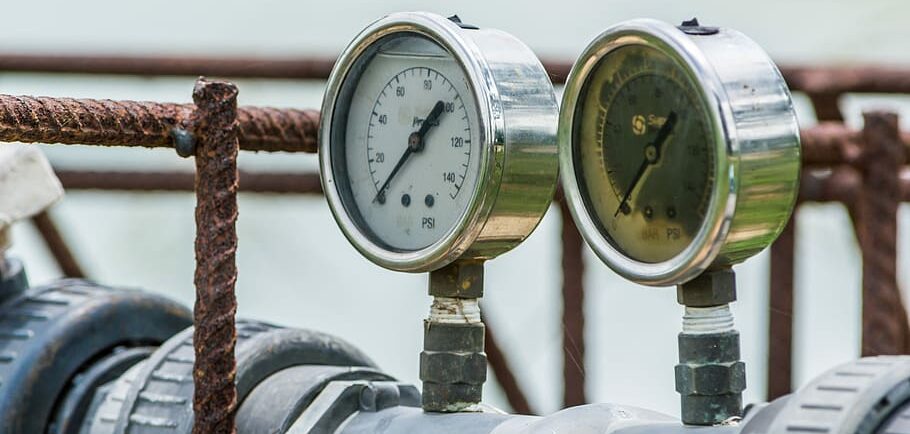
Timer Applications in Various Hydroponic Systems
Timers find diverse applications in hydroponics, from controlling nutrient solution delivery intervals to managing light exposure and photoperiods for different plant stages.
Setting Up and Programming Hydroponic Timers for Specific Needs
Configure your timers based on your plants’ needs and growth stages. Set the on/off cycles and duration for nutrient delivery and lighting, ensuring optimal conditions for your crops.
Pump and Timer Synchronization
Importance of Synchronizing Pumps and Timers
Synchronizing pumps and timers is crucial for maintaining an efficient hydroponic system. Proper coordination ensures precise nutrient delivery and prevents overwatering or nutrient deficiencies.
Strategies for Efficient Pump and Timer Coordination
- Alternating On/Off Cycles: Stagger the pump and timer cycles to avoid simultaneous high water demands, promoting better nutrient absorption.
- Adjusting Pumping Frequency Based on Plant Growth Stages: Fine-tune pumping frequency as your plants grow to match their changing water and nutrient requirements.
Troubleshooting Common Issues with Pump and Timer Synchronization
Identify and address common problems, such as pump failures, timer malfunctions, and synchronization errors. Regularly monitor your system to spot issues early and take corrective action.
Tips for Optimal Pump and Timer Usage
- Managing Nutrient Solution Delivery: Adjust pump settings to deliver the right amount of nutrient solution, ensuring consistent nourishment for healthy plant growth.
- Preventing Overwatering and Root Zone Issues: Use timers to regulate irrigation intervals, preventing overwatering that can lead to root rot and other problems.
- Using Timers to Regulate Light Exposure and Photoperiod: Program timers to simulate natural day-night cycles, providing the correct amount of light for different plant stages.
- Adapting Pump and Timer Settings for Different Plant Species: Different plants have distinct nutrient and light requirements. Customize your pump and timer settings to suit the specific needs of each plant species.
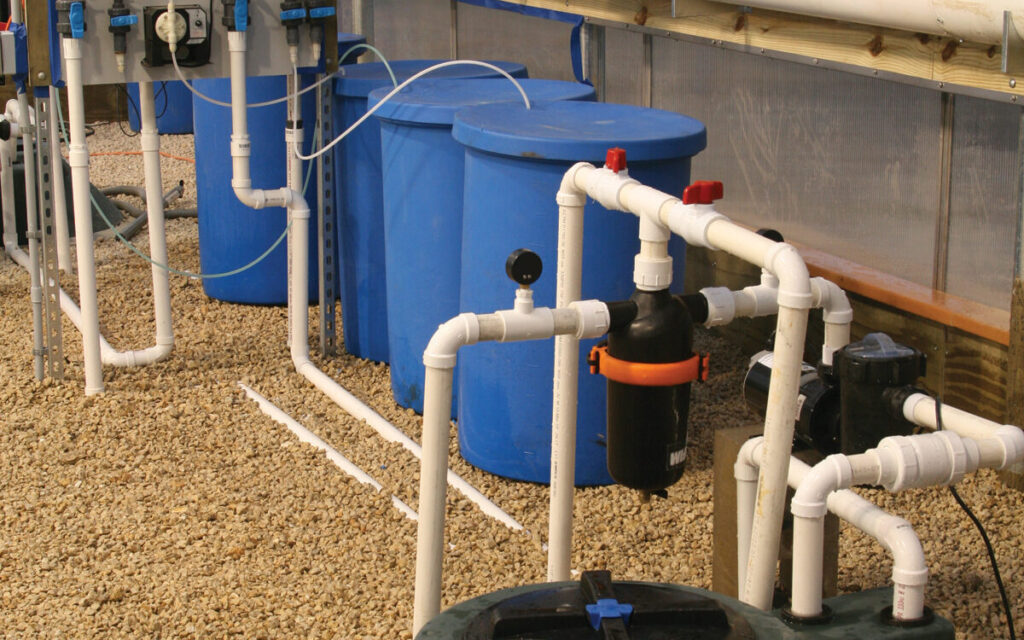
Advanced Pump and Timer Usage
- Implementing Nutrient Solution Recirculation: Recirculating nutrient solutions save water and promote nutrient efficiency. Set up timers to regulate the recirculation process effectively.
- Intermittent Misting Systems for Propagation: Use timers to control intermittent misting, a crucial technique for the successful propagation of cuttings and seeds.
- Integrating Pumps and Timers with Other Hydroponic Components: Explore advanced hydroponic systems like aeroponics and integrate pumps and timers to optimize their functionality.
Energy Efficiency and Sustainability
- Reducing Energy Consumption in Hydroponics: Select energy-efficient pumps and timers to reduce the environmental impact of your hydroponic setup.
- Using Renewable Energy Sources to Power Hydroponic Systems: Harness solar or wind power to run your hydroponic system, making it more sustainable and eco-friendly.
- Water Conservation Strategies with Timers and Pumps: Employ timers to control water delivery, preventing wasteful overwatering and contributing to water conservation efforts.
Troubleshooting Common Pump and Timer Issues
- Pump-Related Problems and Solutions: Identify and troubleshoot issues related to pump performance, such as clogs, leaks, or pump motor failures.
- Timer Malfunctions and How to Address Them: Diagnose timer malfunctions and address them promptly to avoid disruptions in your hydroponic system’s operation.
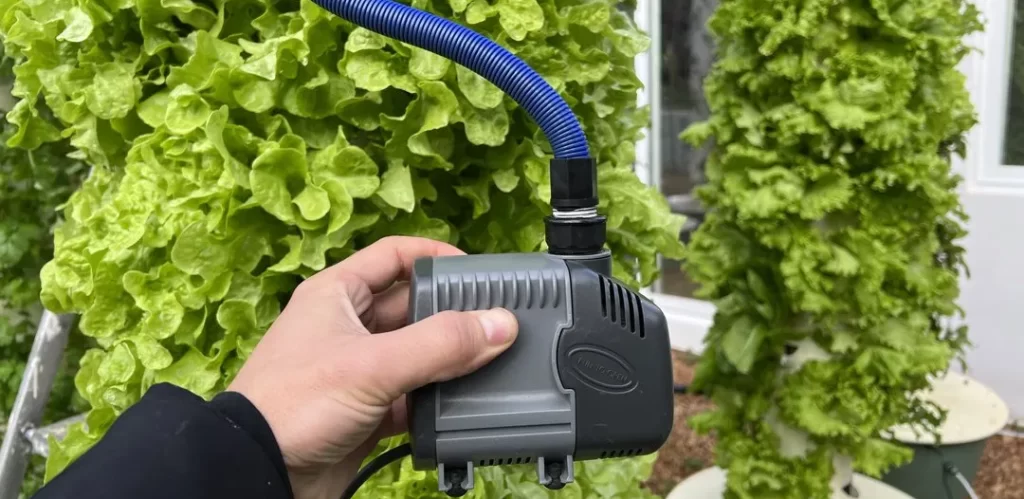
Conclusion
Pumps and timers are the backbone of any successful hydroponic system. They ensure efficient nutrient delivery and light management, resulting in healthier plants and higher yields.
Experiment with different pump and timer settings to find what works best for your plants. Continuously optimize your hydroponic setup to achieve exceptional results.
As technology evolves, so will hydroponics. Embrace innovations in pumps, timers, and other components, contributing to the future of sustainable agriculture.
Remember, a well-maintained and synchronized hydroponic system will reward you with thriving plants and bountiful harvests. Happy growing!








